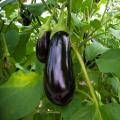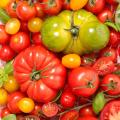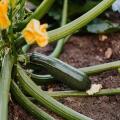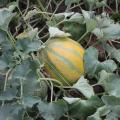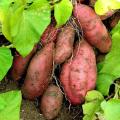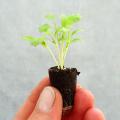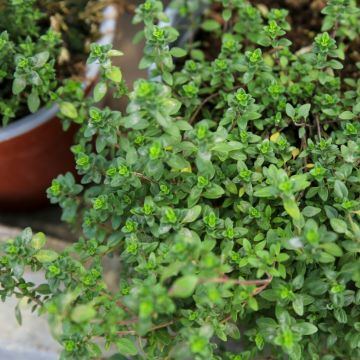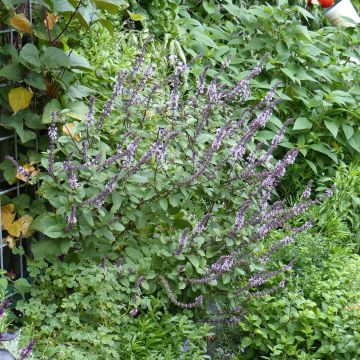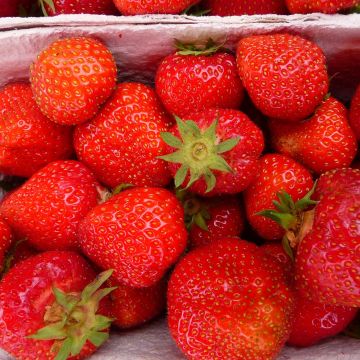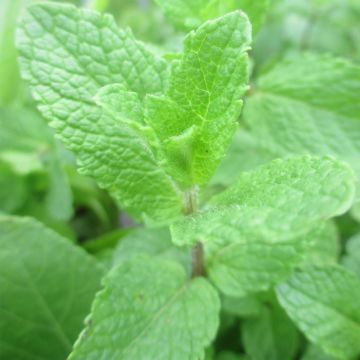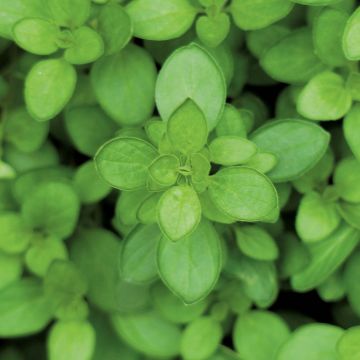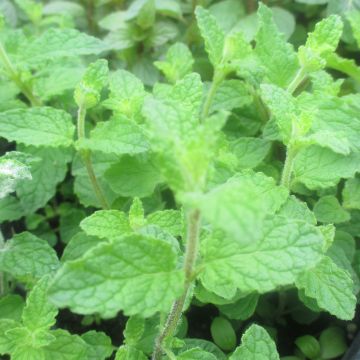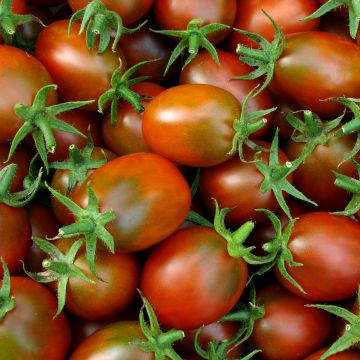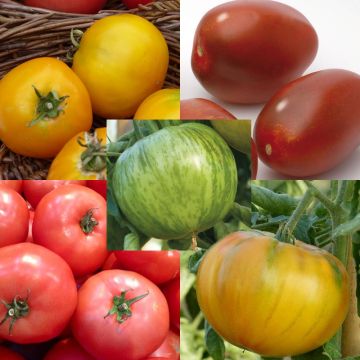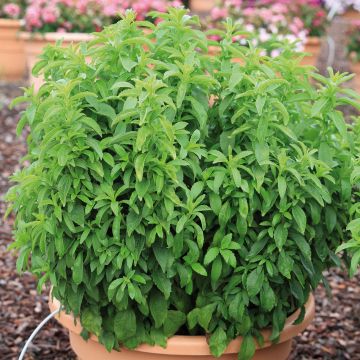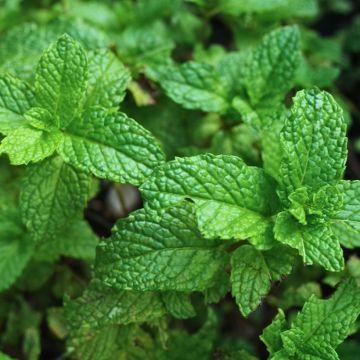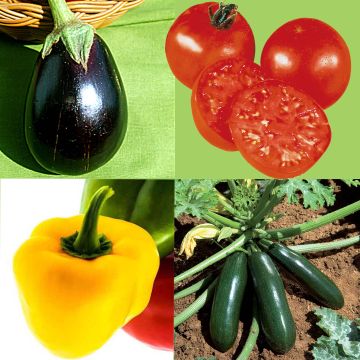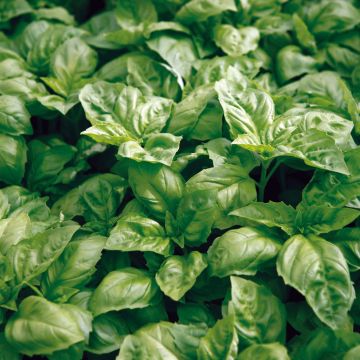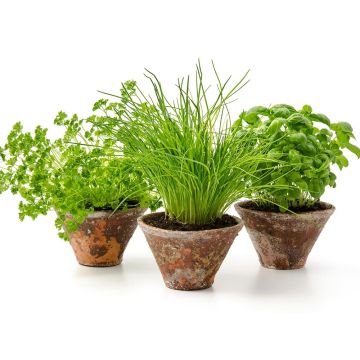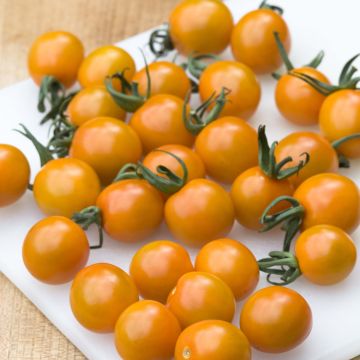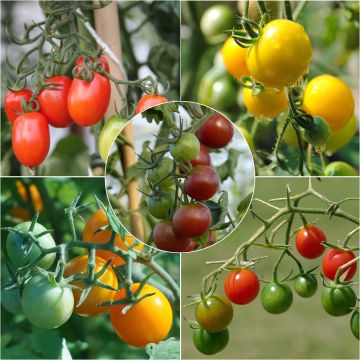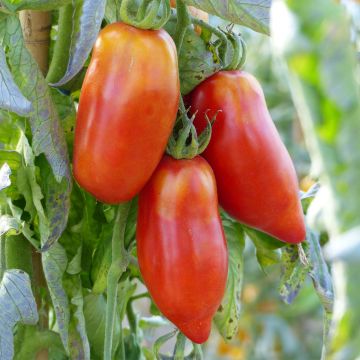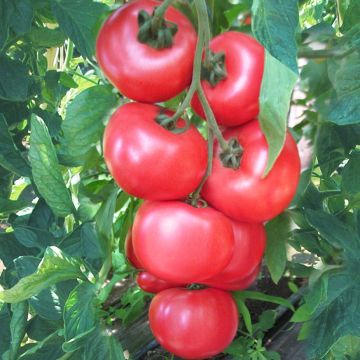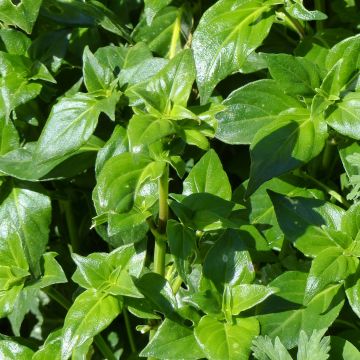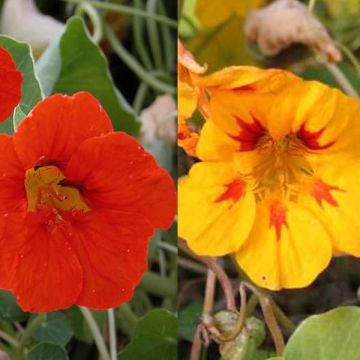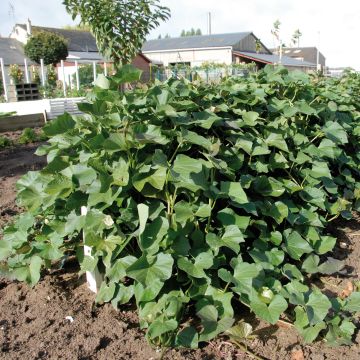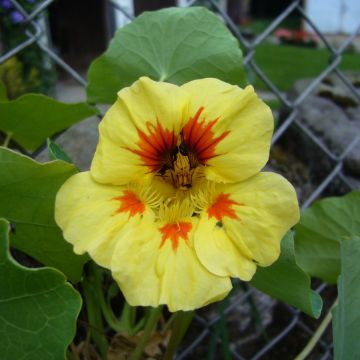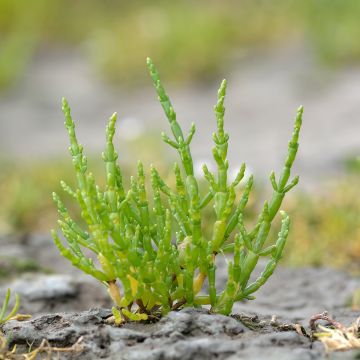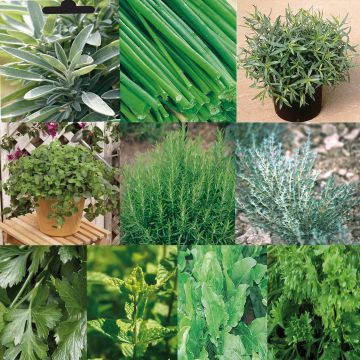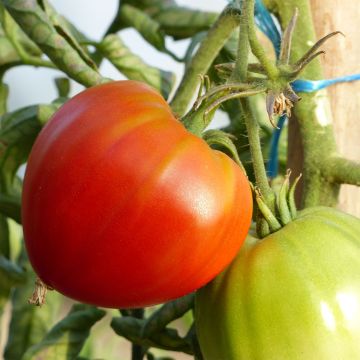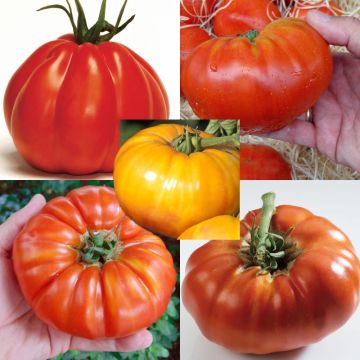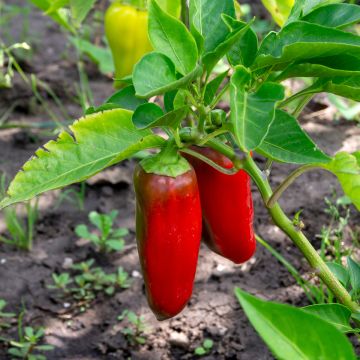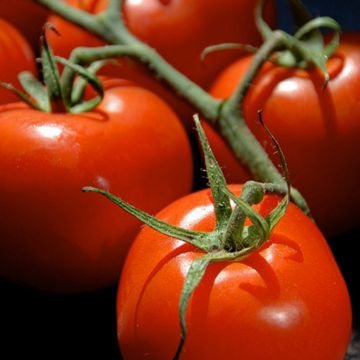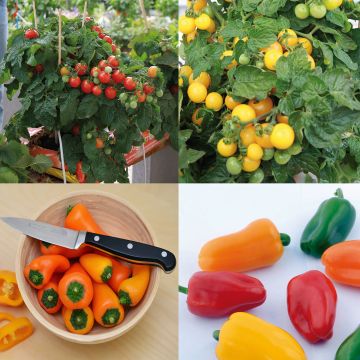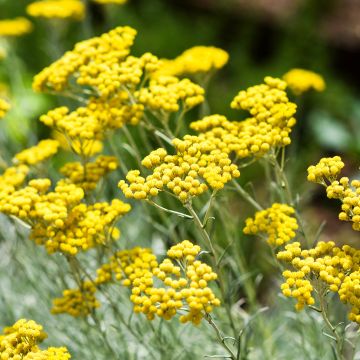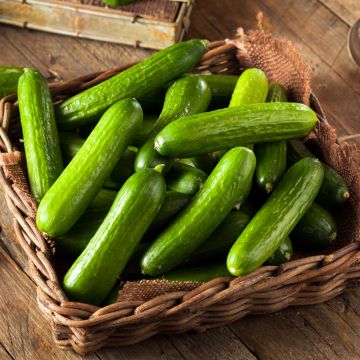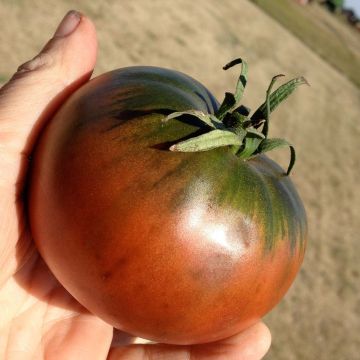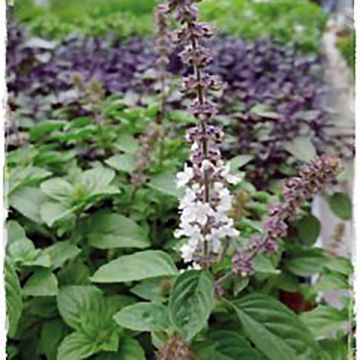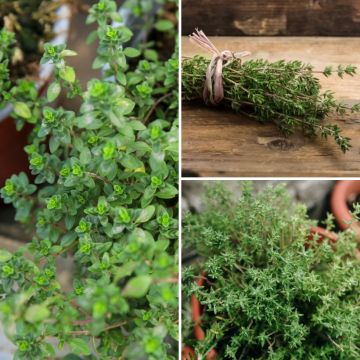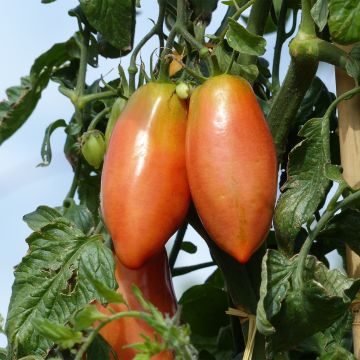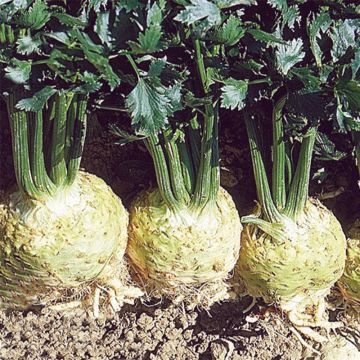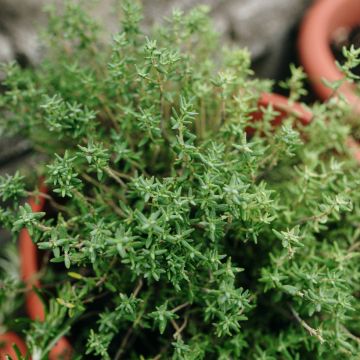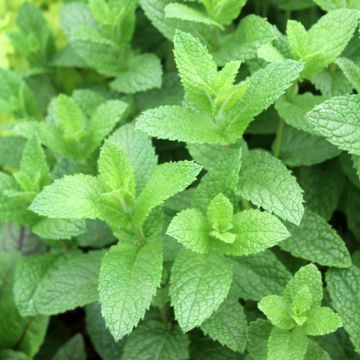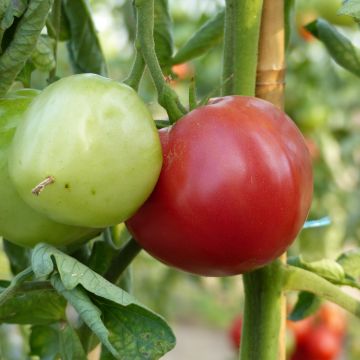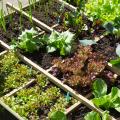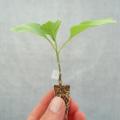Vegetable plug plants
Would this plant suit my garden? Set up your Plantfit profile →
Available in 3 sizes
Available in 2 sizes
Available in 2 sizes
Available in 2 sizes
Available in 1 sizes
Available in 3 sizes
Available in 2 sizes
Available in 1 sizes
Available in 2 sizes
Available in 0 sizes
Available in 1 sizes
Available in 2 sizes
Available in 0 sizes
Available in 2 sizes
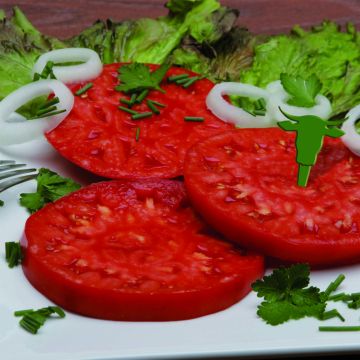
Available in 2 sizes
Available in 0 sizes
Available in 0 sizes
Available in 2 sizes
Available in 2 sizes
Available in 0 sizes
Available in 3 sizes
Available in 2 sizes
Available in 2 sizes
Available in 0 sizes
Available in 2 sizes
Available in 1 sizes
Available in 2 sizes
Available in 0 sizes
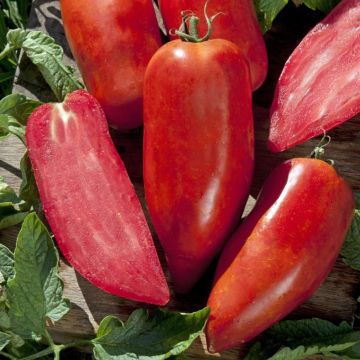
Available in 2 sizes
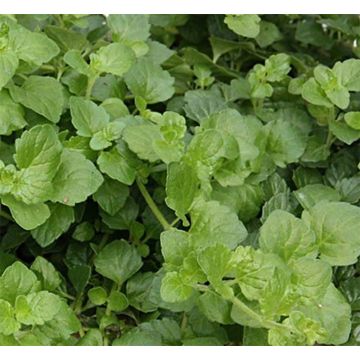
Available in 1 sizes
Available in 3 sizes
Available in 3 sizes
Available in 0 sizes
Available in 3 sizes
Available in 3 sizes
Available in 0 sizes
Available in 1 sizes
Available in 2 sizes
Available in 2 sizes
Available in 2 sizes
Available in 1 sizes
Available in 0 sizes
Available in 0 sizes
Available in 2 sizes
Available in 1 sizes
Available in 2 sizes
Available in 0 sizes
Available in 2 sizes
Available in 3 sizes
These plug plants are cost-effective and they allow gardeners to get ahead of spring by pre-growing these very young plants protected from frost. This cultivation method is particularly suitable for tomatoes, peppers, aubergines, melons and other "sun-loving vegetables" that require several months to bear fruit. The professional took care of the sowing in a warm place, a sometimes delicate step, and then it is simply a matter of transplanting the vegetable plug plants into pots. Once they are strong enough and after the last risk of frost has passed (after the Ice Saints), you can transplant them into the vegetable garden. Harvest is advanced by approximately 3 to 4 weeks compared to sowing, which is random in its success. Previously reserved for professionals, plug plants are now accessible to everyone and offer an increasingly wide choice of varieties, including certified organic plants. They are delicate and their appearance can sometimes disconcert inexperienced gardeners. After purchase or receipt, a few care instructions will help them develop well: take them out of their packaging and soak them in a container of water at room temperature to allow them to rehydrate. They will be placed in a bright, warm or temperate location depending on the needs of the vegetable in question.
Haven't found what you were looking for?






























